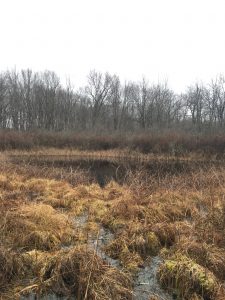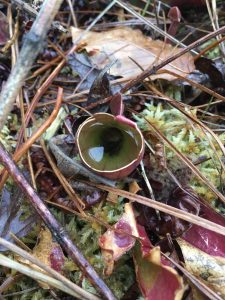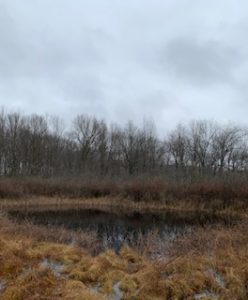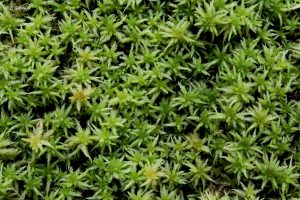Walking onto the path what struck me immediately was how the space felt more natural than Johnson Woods. This was apparent immediately as my boots sank into the soft ground. It was easy to tell that this area had been waterlogged from all the rain and melting snow. It was interesting to hear about how this wet environment was harming the ecosystem, because the dampness indicated that it was in a lower area. This lower area meant that run off from local farms was bringing pesticides, thus harming the chemistry the poison sumac was thriving as the chemicals were ones that helped nurious them, thus letting them grow rampant throughout the bog. But I digress from my main point.
The mud underneath my feet was darker than I expected. Traditionally I am used to seeing the substance a slippery light brown color; however, this time what is stuck to my boots was dark brown almost black. Yet I knew that it was more than just having the feel of mud underneath my feet. Looking forward I realized what it was. At Johnson Woods the boardwalk looked so permanent as benches were fitted onto specific areas and seemed to anchor the boardwalk to the space. It also was how perfect it seemed, like people had spent many months planning and changing what the final boardwalk was going to look like. This board walk seemed like a group of volunteers that had maybe spent a weekend planning and building these boards. By having this man made objects feel impermanent it made the space feel more natural to me, thus these woods felt more natural than Johnson Woods.




